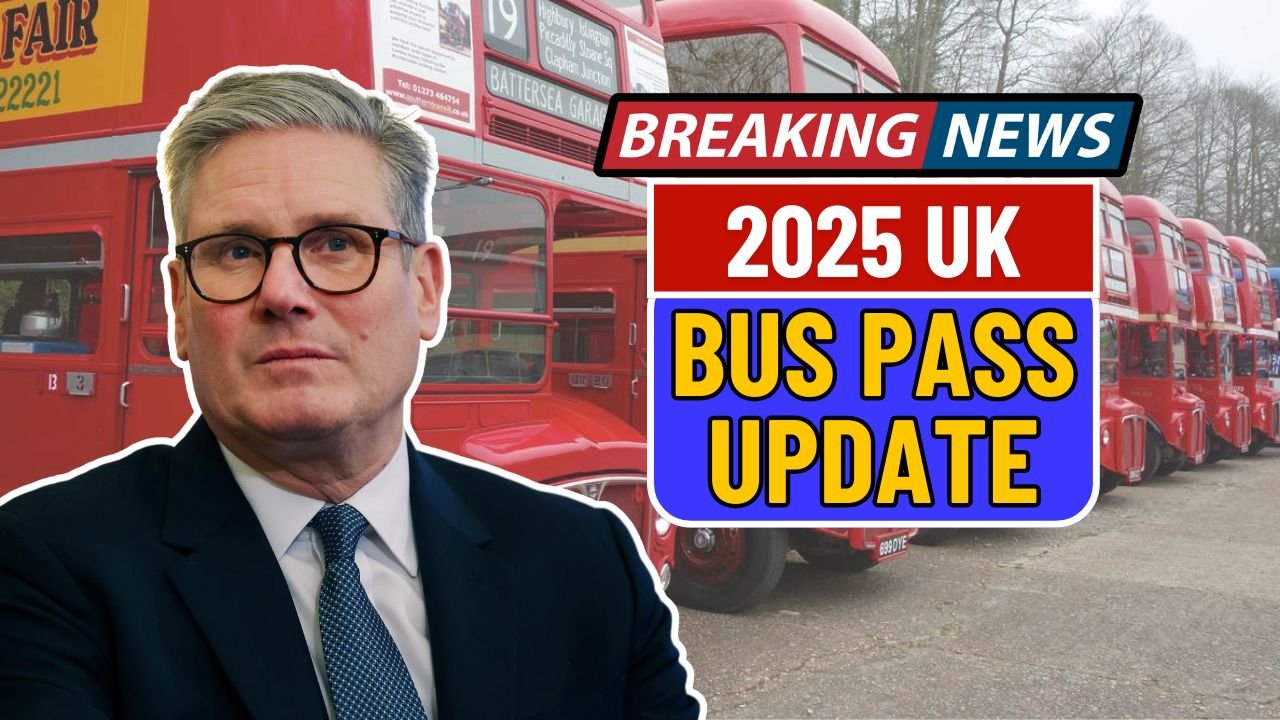Retirement has long symbolized security and freedom after years of hard work, but for many Americans, that dream now feels uncertain. Rising costs of living, healthcare expenses, student loans, and a volatile housing market have created widespread financial stress. The retirement savings gap the difference between what people should have saved and what they actually have is one of the biggest economic challenges facing the nation today.
Nearly half of working Americans are at risk of running short of money in retirement. Middle- and lower-income households face the greatest vulnerability, revealing deep inequalities in how the country prepares for life after work.
Table of Contents
Understanding the Retirement Savings Gap
The retirement savings gap represents the shortfall between the amount individuals need to maintain their lifestyle and the funds they have saved. Financial experts generally recommend saving at least ten times one’s annual salary by retirement age, but most households fall well below that target.
This gap highlights not just a lack of savings but also the growing divide between those who have access to stable employer plans and those who do not.
The Current State of Retirement Savings in America

| Category | Finding | Source or Context |
|---|---|---|
| No retirement savings | 1 in 4 adults | Federal Reserve Survey |
| Median balance for ages 55-64 | Less than $120,000 | Equivalent to under $1,000 per month for 15 years |
| Reliance on Social Security | 50% of older Americans | Depend on it for at least half of retirement income |
| Income replacement rate | Around 40% | Below the recommended 70–80% target |
These figures show how dependent many retirees are on Social Security and how few have the savings needed to sustain their desired lifestyle.
Main Causes of the Savings Gap
The widening retirement savings gap can be traced to several underlying causes:
- Decline of traditional pensions in favor of 401(k)-style plans
- Limited access to employer-sponsored accounts for small business and gig workers
- High cost of living, especially housing and healthcare
- Persistent student loan and credit card debt
- Low financial literacy and delayed saving habits
How Americans Are Preparing for Life After Work
Americans are taking various steps to strengthen their retirement readiness. Employer-sponsored plans remain the most effective tool, as automatic enrollment and contribution escalation are helping boost savings rates. Individual Retirement Accounts are also growing in popularity, especially Roth IRAs among younger workers.
State-level initiatives like auto-IRA programs in California and Oregon aim to include workers without employer plans. Additionally, catch-up contribution provisions allow older employees to save more before retirement. Education campaigns led by nonprofits and employers are helping increase awareness about early and consistent saving.
Consequences of the Retirement Savings Gap
If the savings gap continues, the impact will be far-reaching. Many older Americans may have to delay retirement, work part-time, or downsize their lifestyles. Increased reliance on Social Security will place greater strain on federal resources. Inadequate savings could also lead to higher poverty rates among seniors and financial stress for younger family members who step in to provide support.
This imbalance not only threatens individual financial stability but also poses challenges to the broader economy, reducing consumer spending and increasing pressure on social safety programs.
Solutions Being Discussed
Several policy and personal strategies are being explored to close the retirement gap:
| Approach | Example | Expected Outcome |
|---|---|---|
| Policy Reforms | Expand access to workplace retirement plans | More workers covered under auto-enrollment |
| Employer Initiatives | Match retirement contributions tied to loan repayments | Incentivize younger workers to save |
| Individual Strategies | Increase savings gradually and diversify investments | Better long-term returns and stability |
These efforts reflect the need for a combined approach where government, employers, and individuals all play a part.
Looking Ahead
The retirement savings gap is not an unsolvable problem, but it requires immediate attention. With a mix of smart policy decisions, employer innovations, and personal financial discipline, Americans can close the gap over time. The growing adoption of automatic savings programs and state retirement initiatives offers hope for future generations.
Ultimately, starting early, contributing regularly, and staying informed remain the most reliable paths toward a secure and comfortable retirement.
Frequently Asked Questions
- What is the retirement savings gap?
It is the difference between what individuals need for a secure retirement and what they have actually saved. - Why are so many Americans underprepared for retirement?
High living costs, limited access to employer plans, and delayed saving habits have left many people with insufficient funds. - Can Social Security alone support retirees?
No, Social Security typically replaces only about 40 percent of pre-retirement income, which is not enough for most households. - What can workers do to improve their retirement readiness?
Start saving early, increase contributions over time, and explore tax-advantaged accounts such as 401(k)s and IRAs. - Are there government initiatives addressing this issue?
Yes, several states have launched auto-IRA programs, and federal legislation like the Secure 2.0 Act promotes broader access to retirement savings plans.



